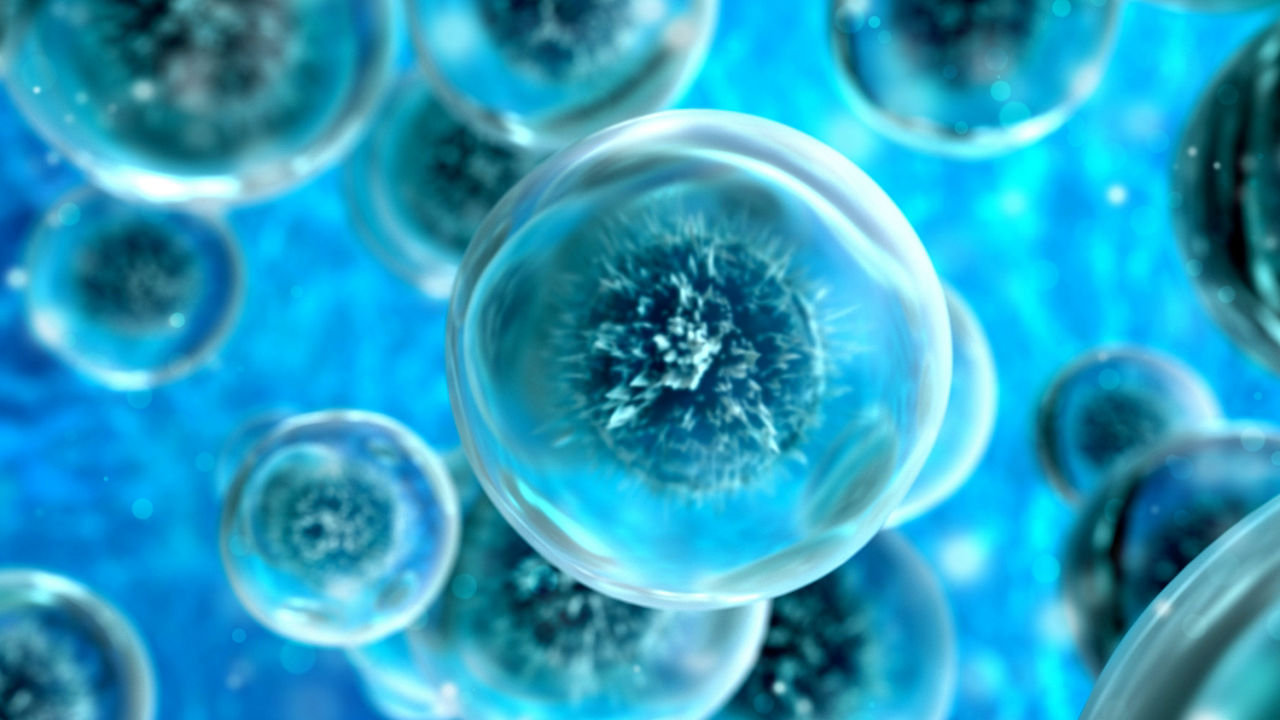Immunohistochemistry (IHC)
The science of immunohistochemistry (IHC) is evolving, as evidenced by the development of increasingly sophisticated automated staining platforms, production of specific antibodies for a wide range of species and the availability of a range of novel biomarkers.
IHC studies optimize staining protocols for specific target expression/profiling in human and animal tissues that can be used for a variety of reasons, such as proliferation/apoptosis studies, immuno-oncology, ocular tissues, tumor profiling and tissue cross reactivity.



